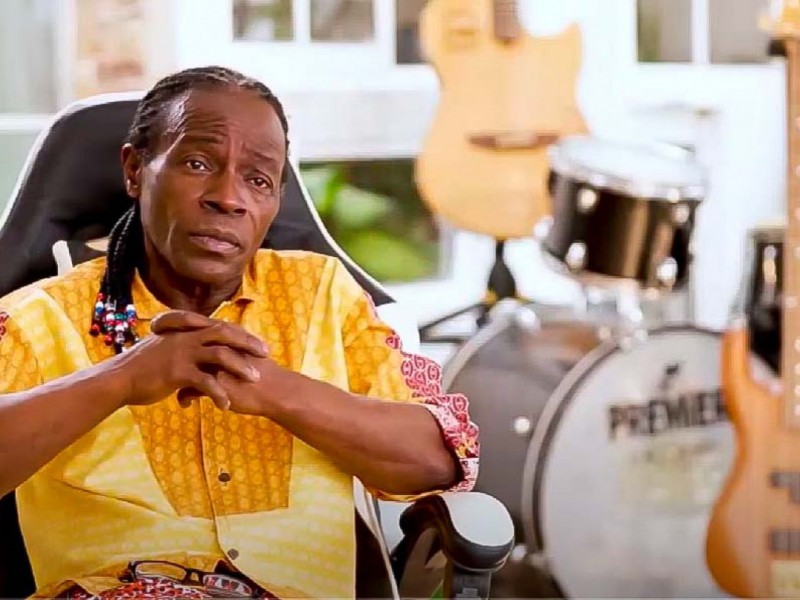Kizomba Roots

Kizomba has its origins in Angola , emerging in the late 1970s and early 1980s as an evolution of semba, a traditional Angolan musical and dance genre that also influenced Brazilian samba. Semba, known for its lively rhythm and agile steps, was transformed by the introduction of new musical influences, especially zouk from the French West Indies. This process results in a softer, more melodic and romantic sound, characteristic of kizomba.
The term “kizomba” comes from Kimbundu, one of Angola's national languages, and means “party” or “celebration,” reflecting its social and cultural role in the community. Eduardo Paim is often referred to as the “father of kizomba” due to his contribution to the structuring of the musical genre, both in production and in the diffusion of the style within and outside Angola. His band, SOS, and its album Luanda, Minha Banda (1992) were important milestones in the consolidation of the genre.
The Roots of Kizomba
Kizomba began to gain ground in Angola and, soon, in other Portuguese-speaking African countries, such as Cape Verde and Mozambique. The kizomba dance, derived from semba, also underwent transformations, becoming slower, more sensual and highlighting the closeness and connection between partners.
In the 1990s and 2000s, the African diaspora brought kizomba to Portugal, which became one of the main centers of expansion of the genre. From there, its influence spreads to other European countries, such as France, Spain, the United Kingdom and the Netherlands. As its popularity grew, different styles began to emerge, such as urban kizomba, which incorporates urban dance movements, and kizomba fusion, which mixes elements of other social dances.
Popularization
Since 2010, kizomba has become one of the most popular rhythms in social dance schools and academies, alongside salsa and bachata. International festivals have begun to attract dancers and teachers from around the world, helping to create a global community of fans of the genre.
Kizomba music has also evolved with the influence of new musical styles. Artists such as Anselmo Ralph, C4 Pedro and Nelson Freitas have helped to modernize the genre, incorporating elements of R&B, pop and Afrobeat, making it more accessible to a diverse audience. This musical fusion has helped kizomba go beyond the boundaries of African music and win over listeners and dancers around the world.
In addition to music and dance, international competitions and specialized events have further consolidated kizomba as a global cultural phenomenon. In 2024, the Angolan government recognized its importance by declaring it a cultural and intangible heritage of the country, reaffirming its relevance to Angolan identity.


